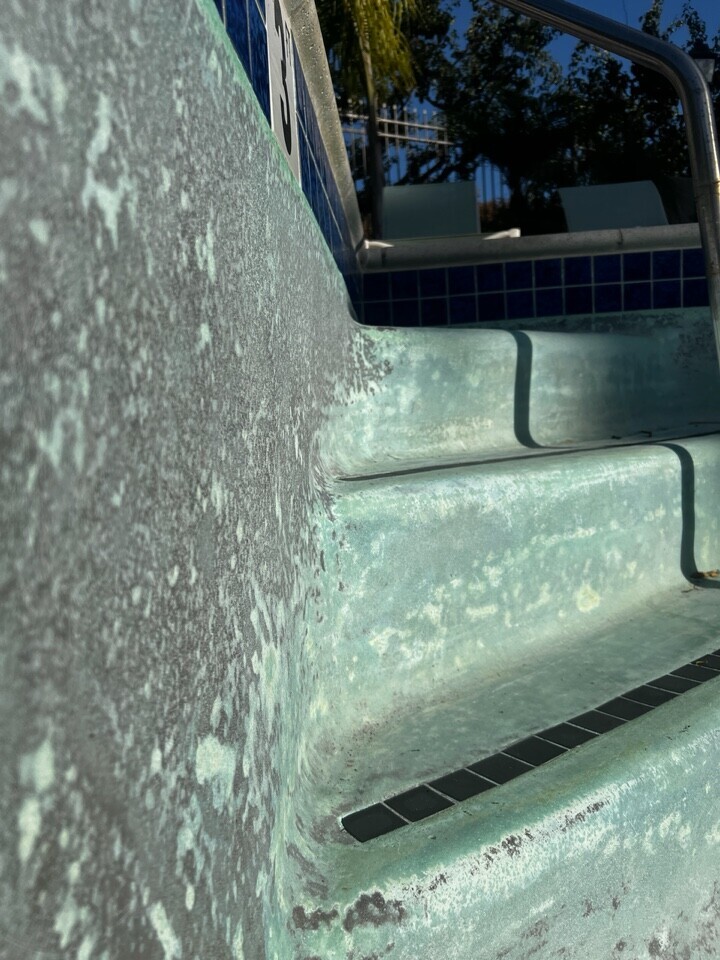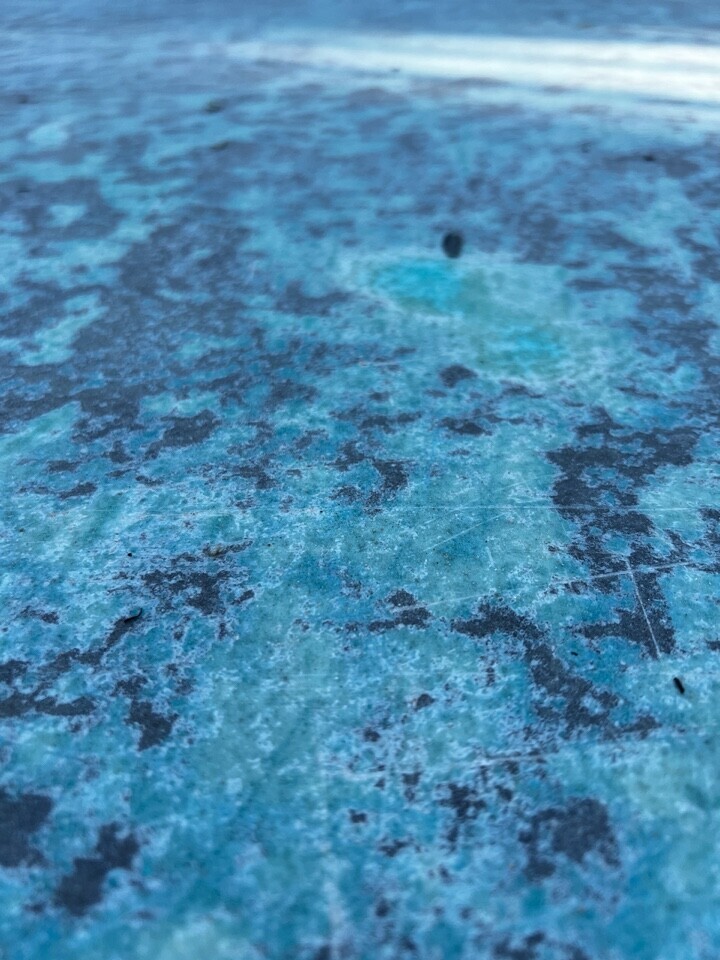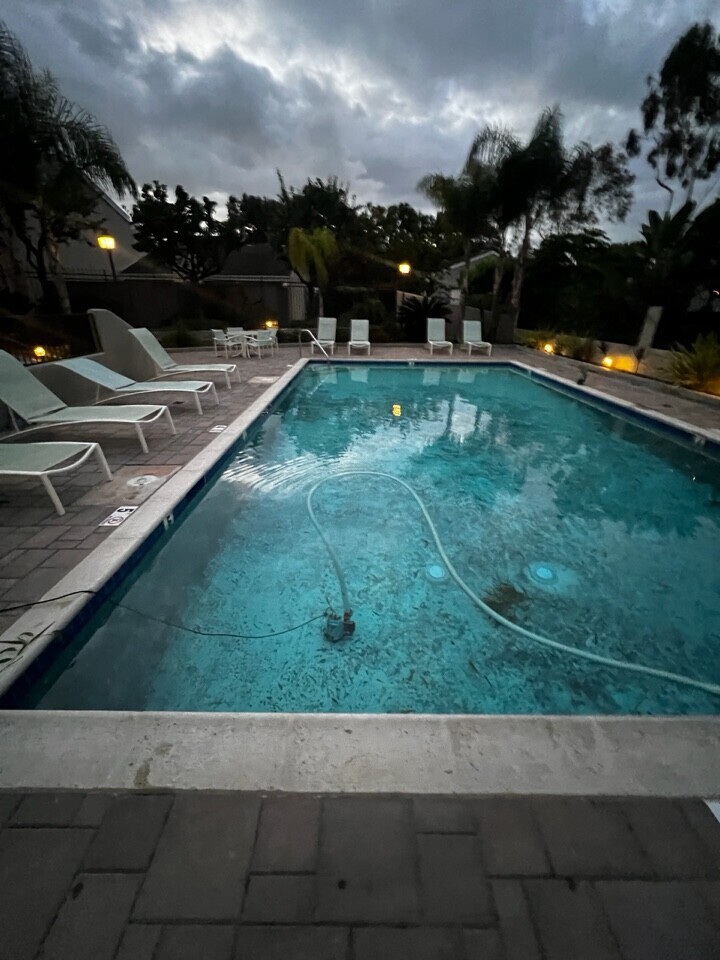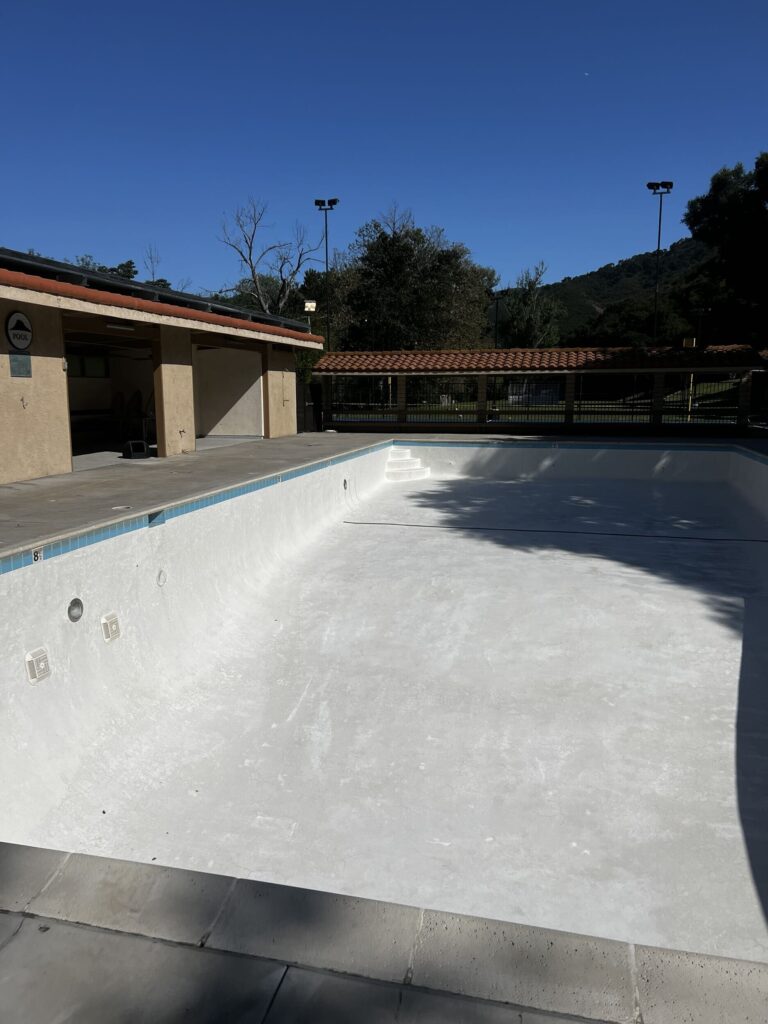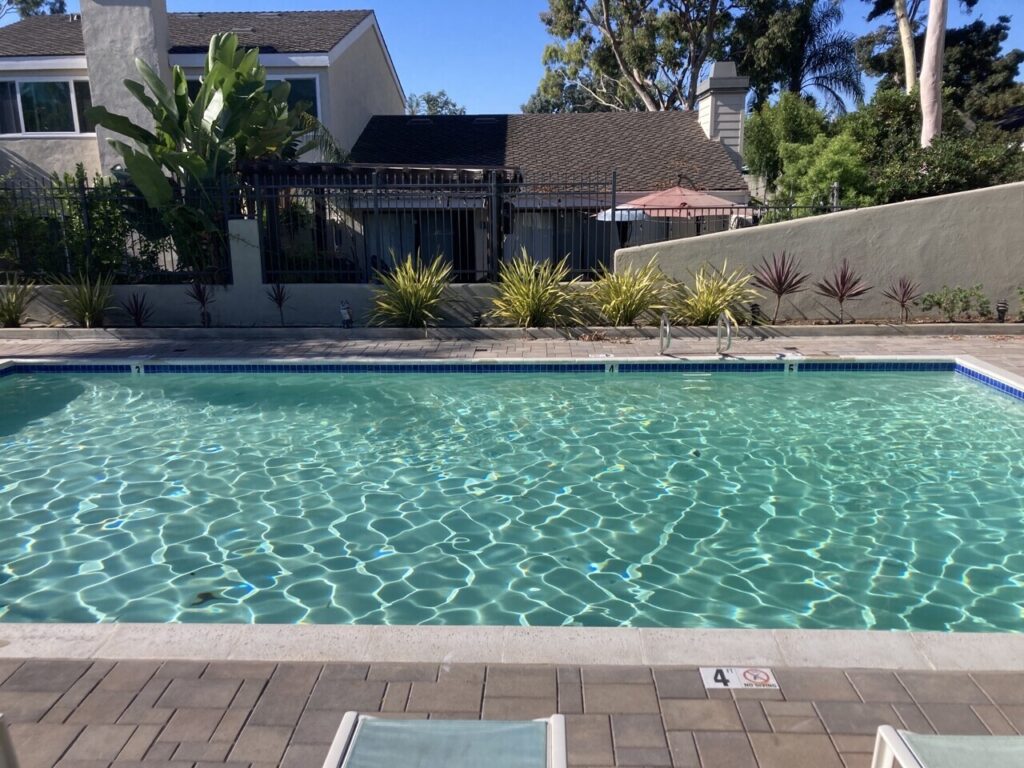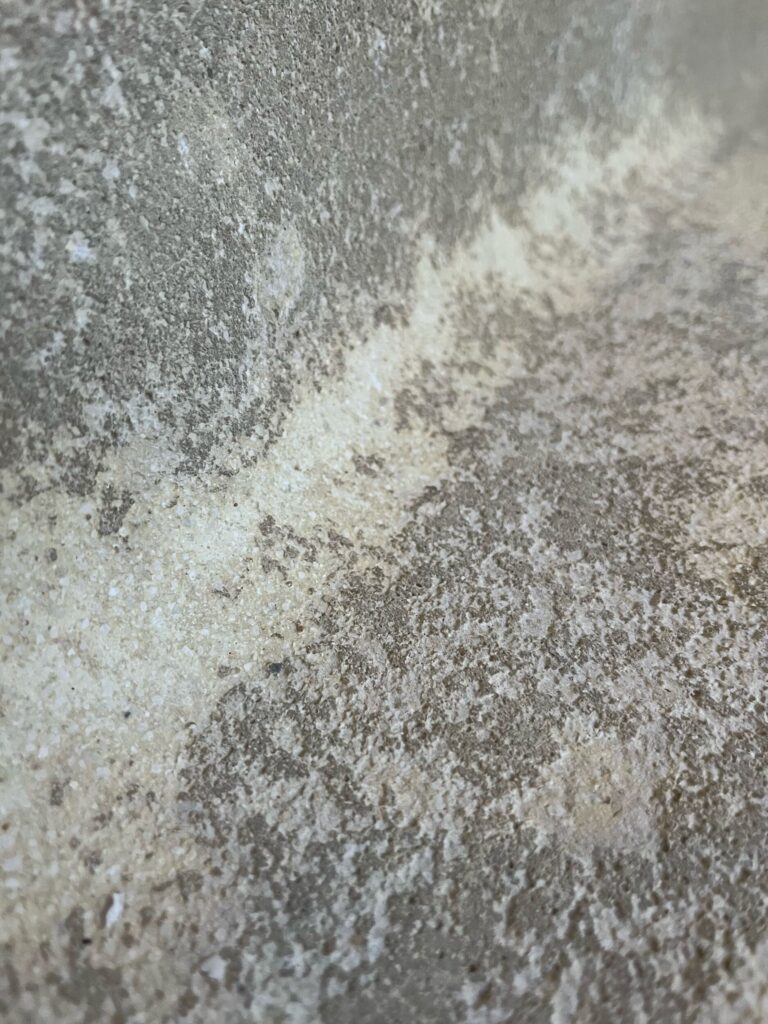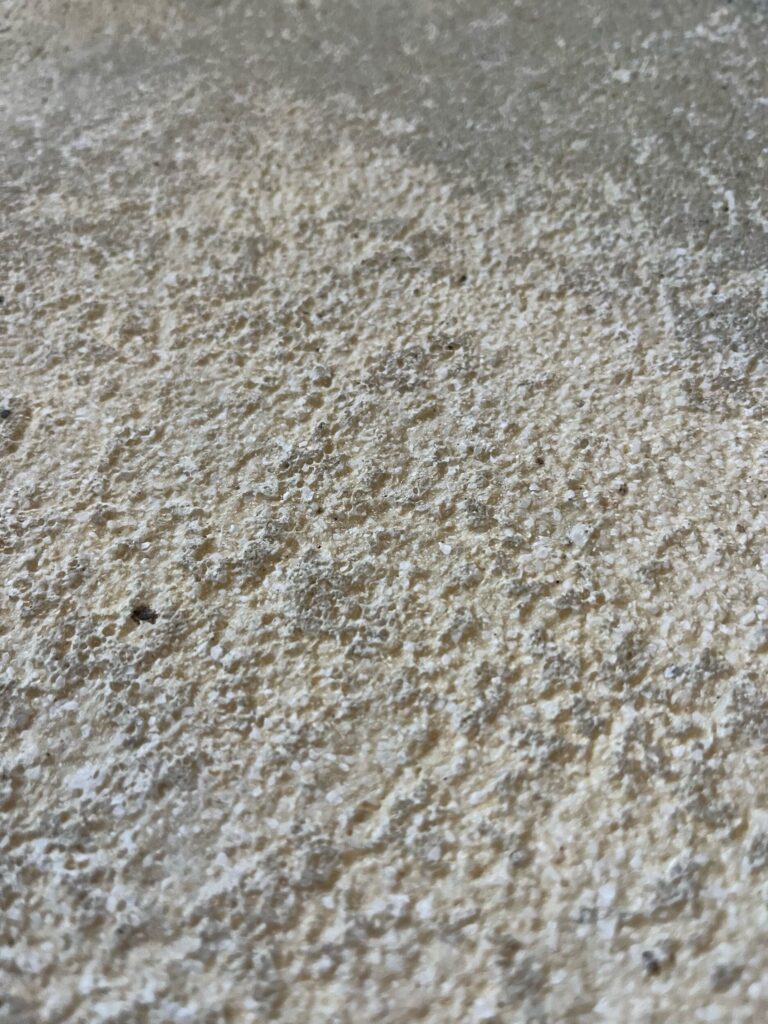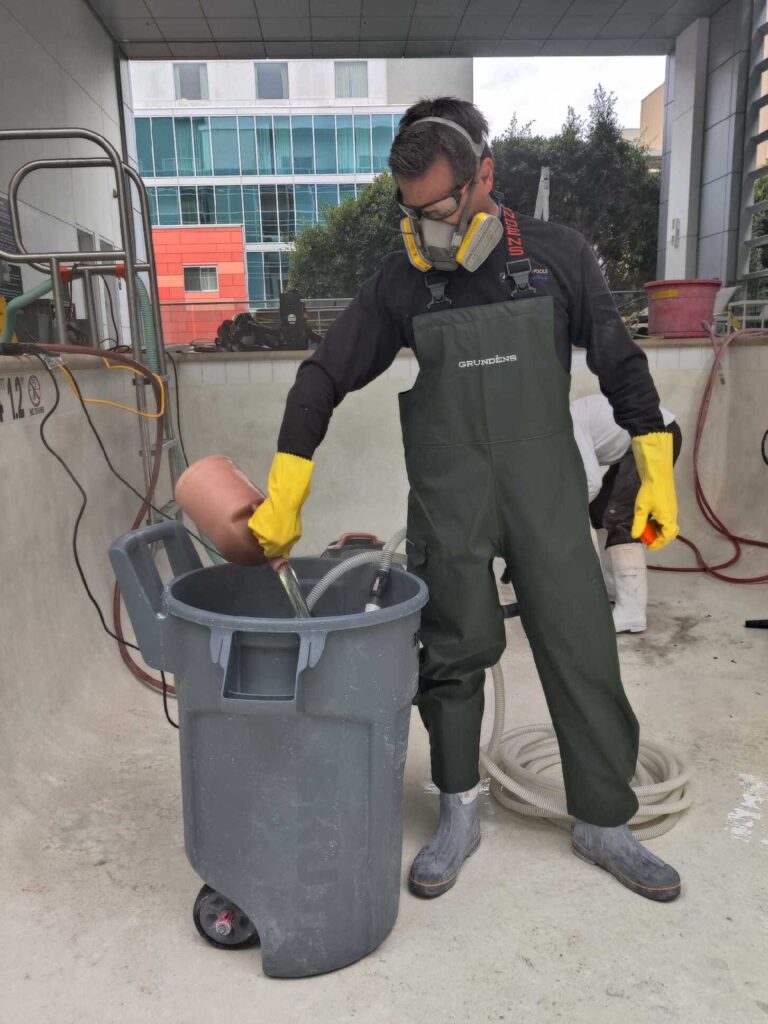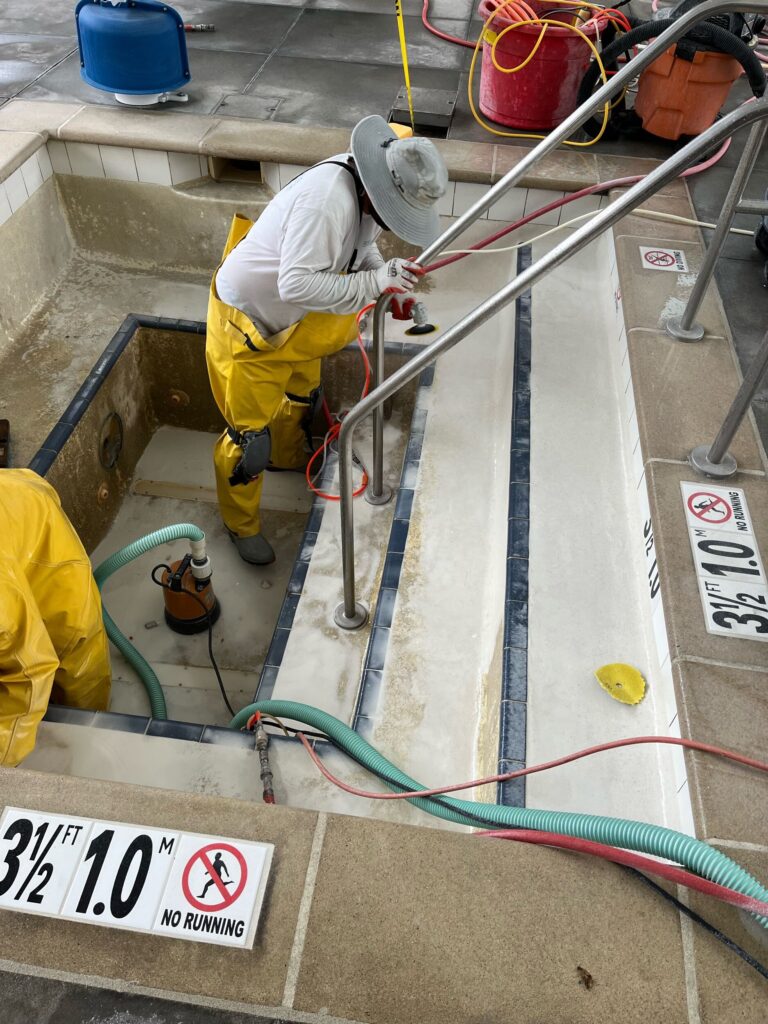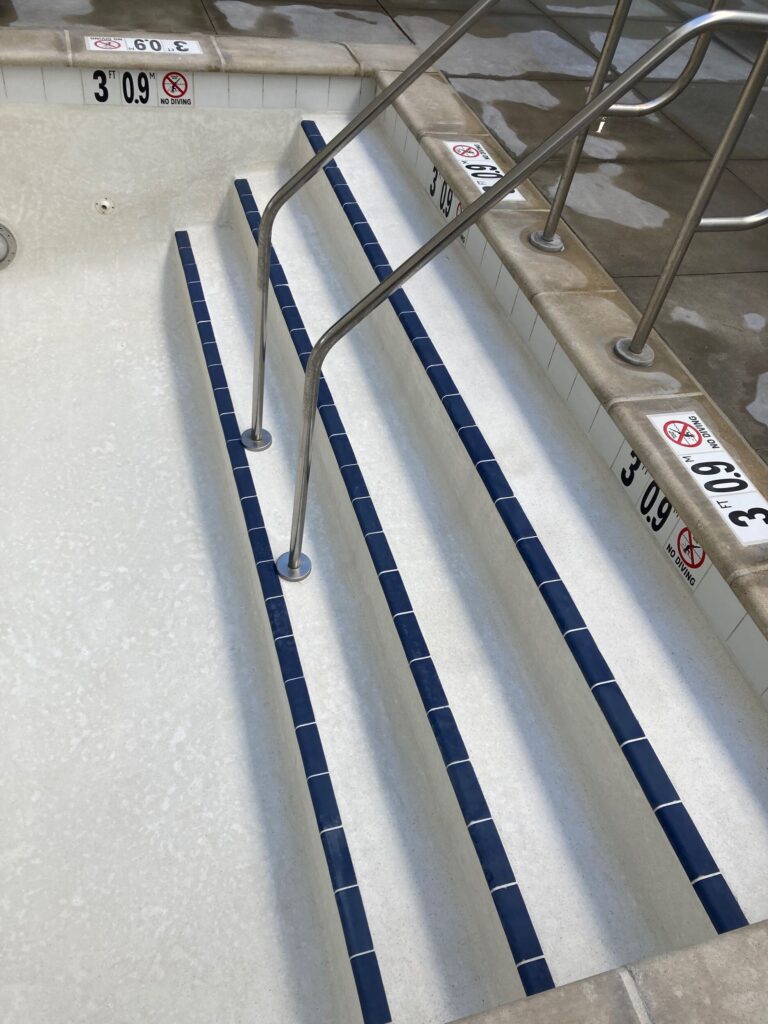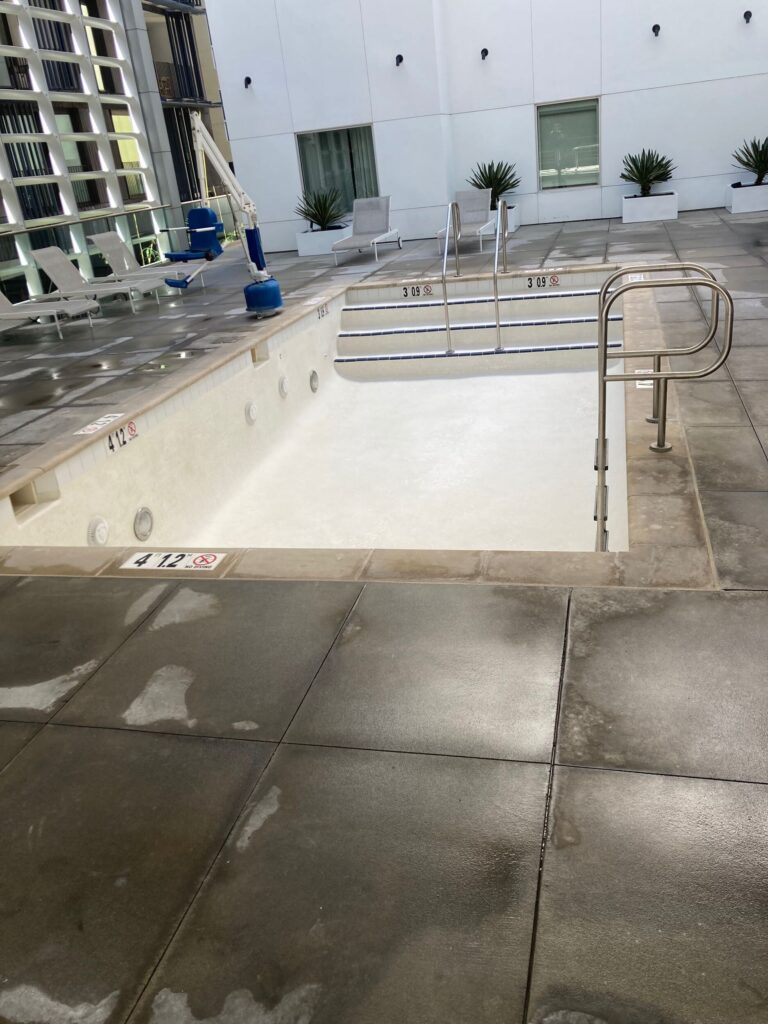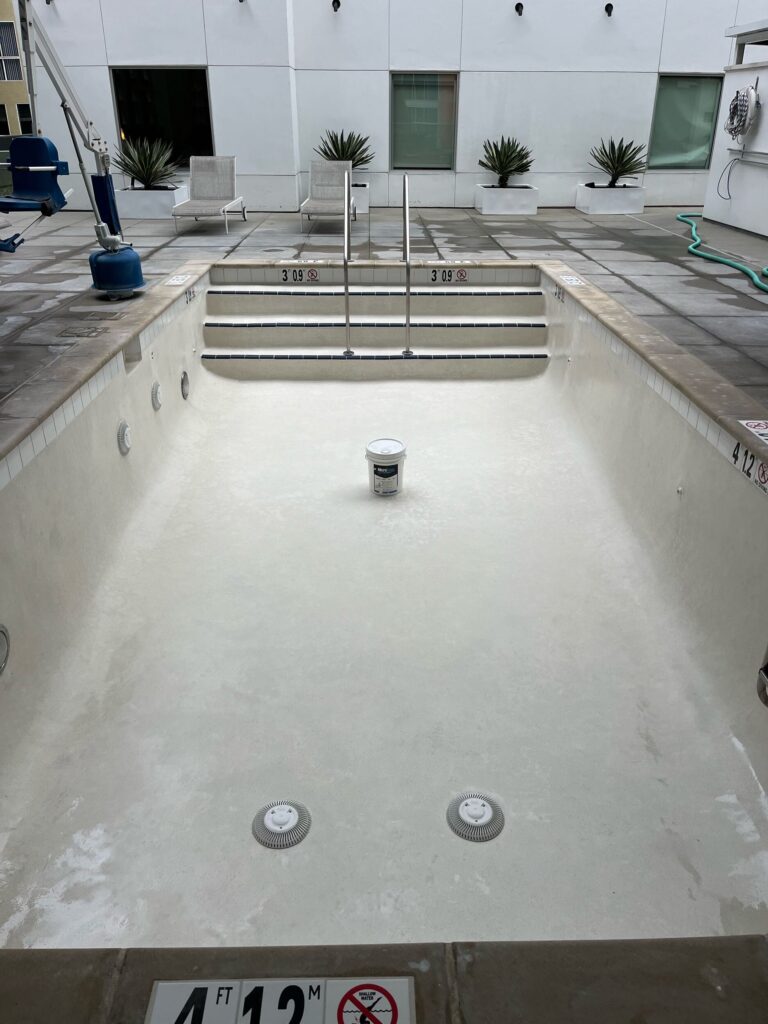Pool finish breakdown is a scientific problem that requires a scientific solution.
MicroGlass is engineered in the laboratory by concrete scientists and pool experts. Unlike sealers or coatings that remain on the surface, MicroGlass protects your pool finish by infusing hard nanoparticles within the microscopic voids and capillaries.
Once it penetrates the finish, MicroGlass permanently converts weak minerals (such as soft calcium hydroxide) into densified, chemically resistant compounds. For new pools, MicroGlass aids in the curing process of new finishes. As it penetrates the entire depth of the plaster, it also acts as a protective densifier for old finishes, extending the pool’s service lifecycle.
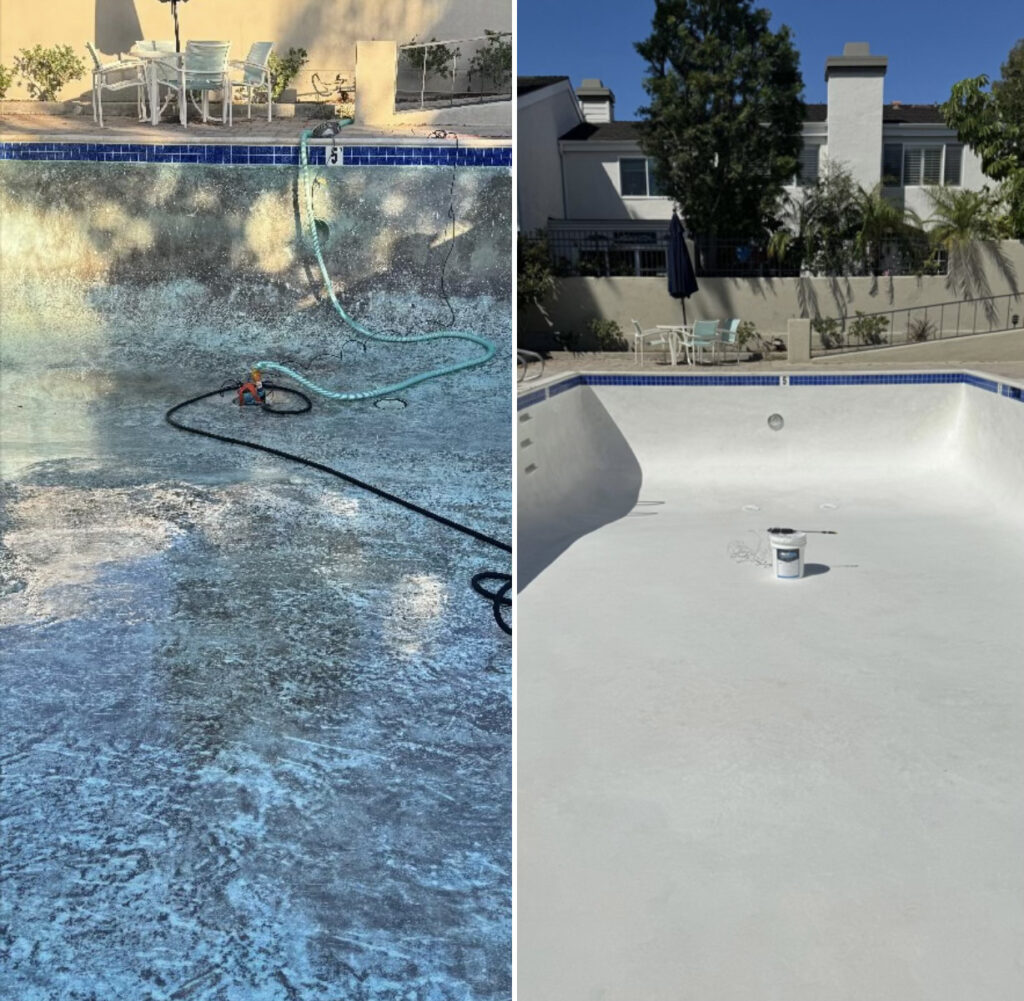
Here at Alan Smith Pools we have an option for our customers we like to call “Revive & Shine.” Depending on the existing pool finish status, Alan Smith Pools can provide an acid wash with a light sanding of the plaster/pebble, then install MicroGlass to help extend the life of the existing finish. This option provides our customer with a more affordable opportunity to resurrect their existing pool, rather than having to perform a complete pool-remodel. Better yet, this can also be an option to add to a new pool finish being installed to help extend the life of the finish even further. Check out some of our before and after photos.

In 1999, William Reed’s innovative thinking transformed the pool industry with the introduction of a revolutionary liquid delivery system. This breakthrough technology integrates glass-like nanoparticles into pool finishes, providing exceptional protection and durability.
Alan Smith, founder of Alan Smith Pools, partnered with MicroGlass to share this product with the residential and commercial pools of Southern California. With MicroGlass, the life span of pools can last longer than ever before.
Regardless of what type of finish is in your pool, whether it is plaster, quartz or pebble…eventually the finish is going to start to breakdown over time. Why?
These finishes are created by combining sand, water, cement, chemical additives, color pigments, and various other aggregates such as marble dust, quartz, and pebbles.
If you look at any pool finish under a microscope, you will find that finishes are not completely solid, chemical proof or waterproof. The matrix is full of tiny voids and capillaries
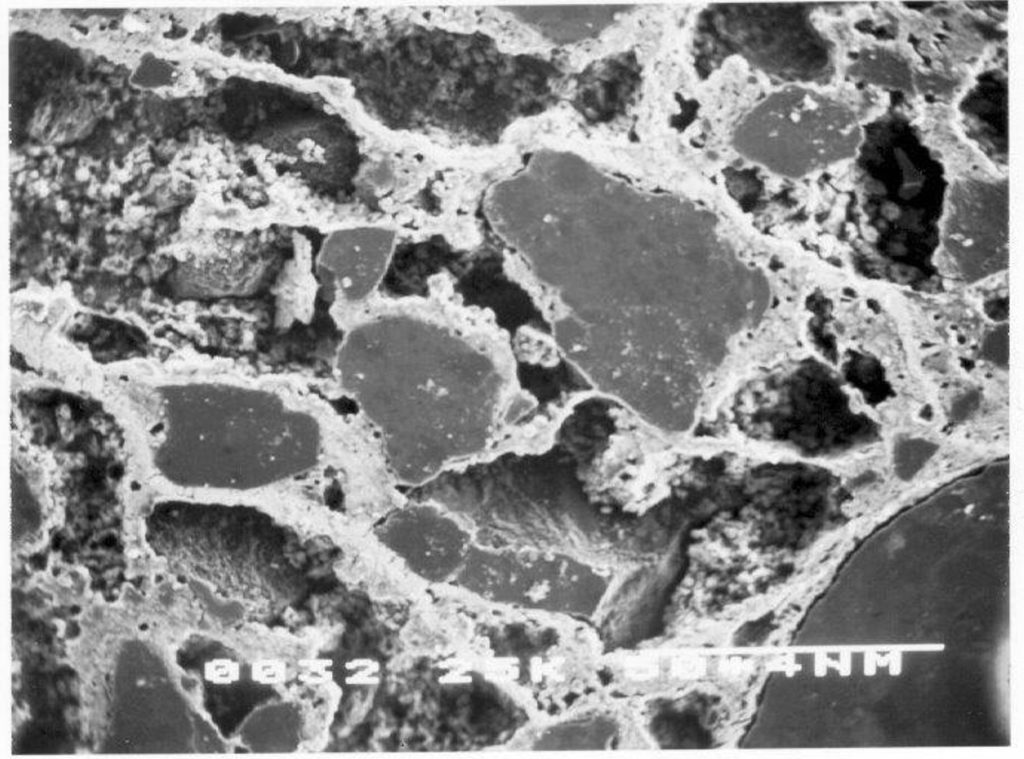
The tiny voids and capillaries in pool finishes act like highways, allowing your pool water and chemicals to interact with the finish. Over time, this interaction weakens the cement binder on the surface and within these voids and capillaries.
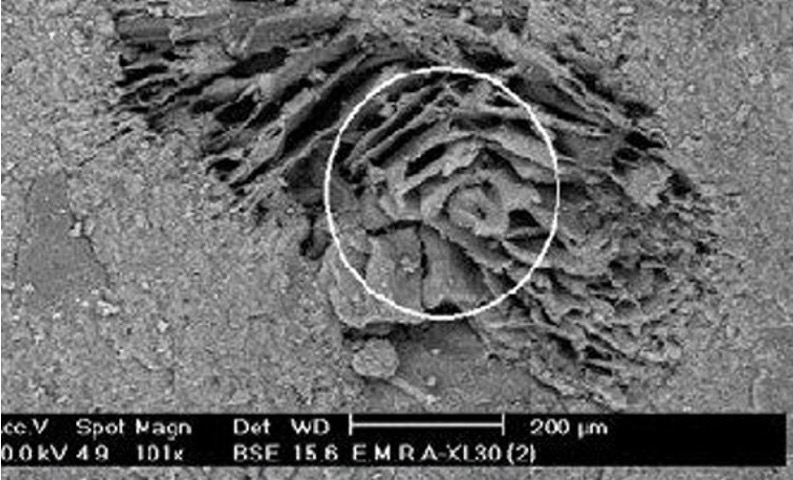
A particularly vulnerable component in the cement binder of pool finishes is Calcium Hydroxide. This weak and soluble form of calcium dissolves easily in pool water.
Unfortunately, Calcium Hydroxide constitutes 25% of the total cement matrix in all pool finishes!
The breakdown of soft calcium (Calcium Hydroxide) leads to several cosmetic issues.

It’s important to note that most, if not all, of the problems listed below are not due to faulty workmanship but are a direct result of soft calcium breakdown.
This is why a new pool that is not protected by MicroGlass often leads to ongoing efforts to stabilize the pH and total alkalinity. As the pool water seeks equilibrium, it will extract calcium from the finish if needed, resulting in decreased strength, color issues, and plaster dust.
Are you ready to make your pool look amazing? Then call us today for a FREE quote. It’s easy – simply contact us online
Pool Resurfacing & Pool Replastering – Contact us for a free estimate
